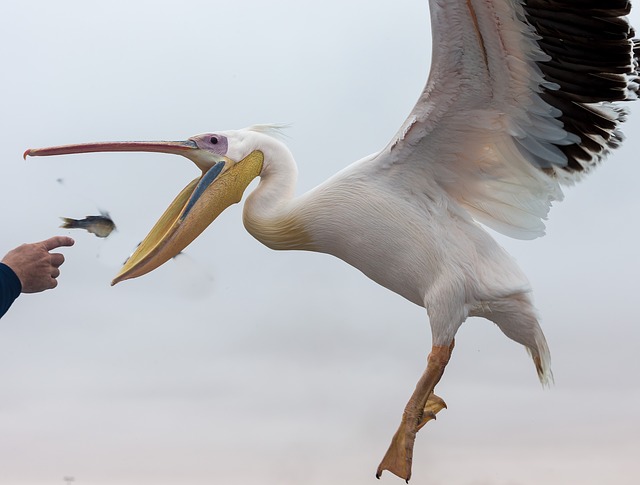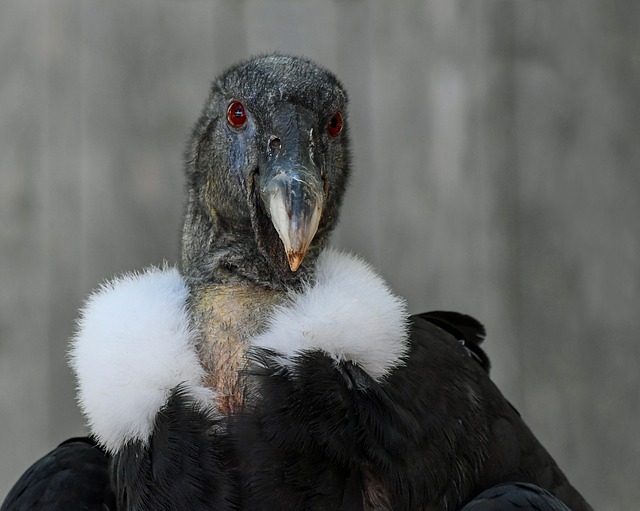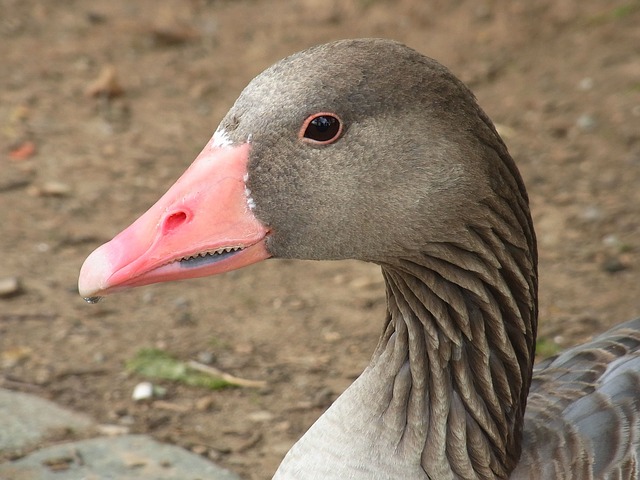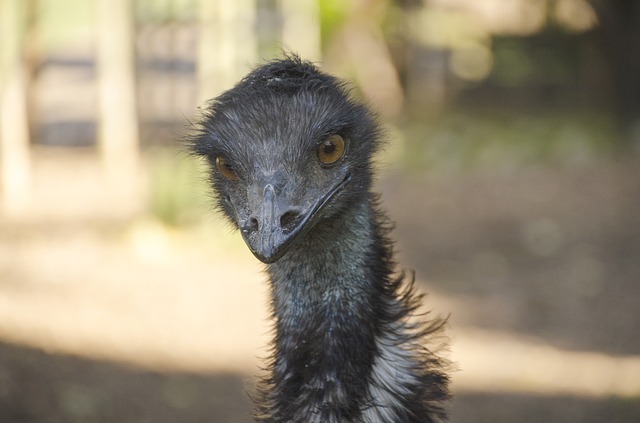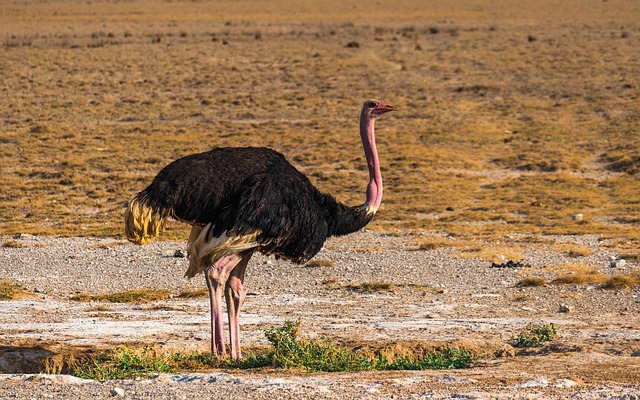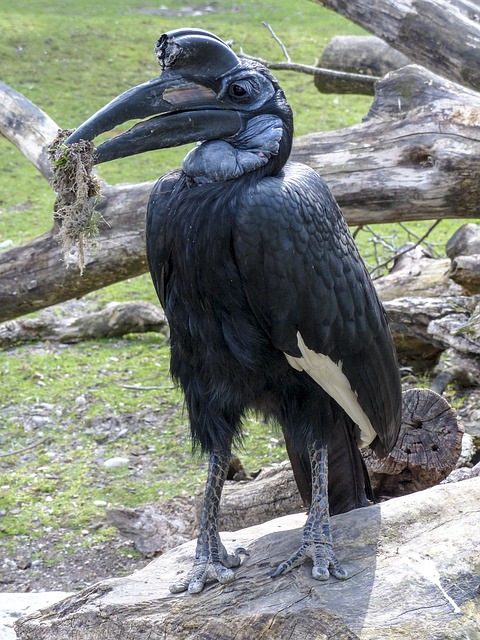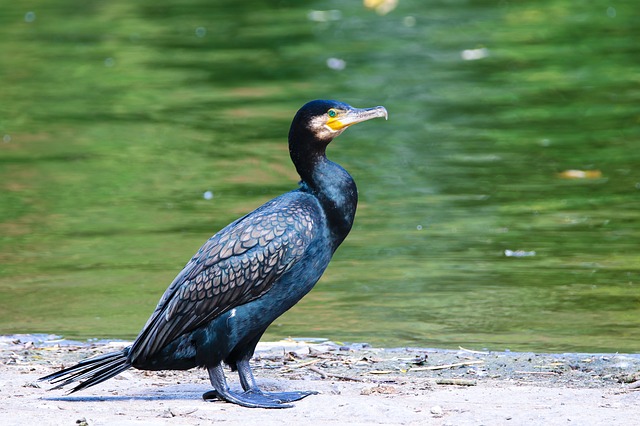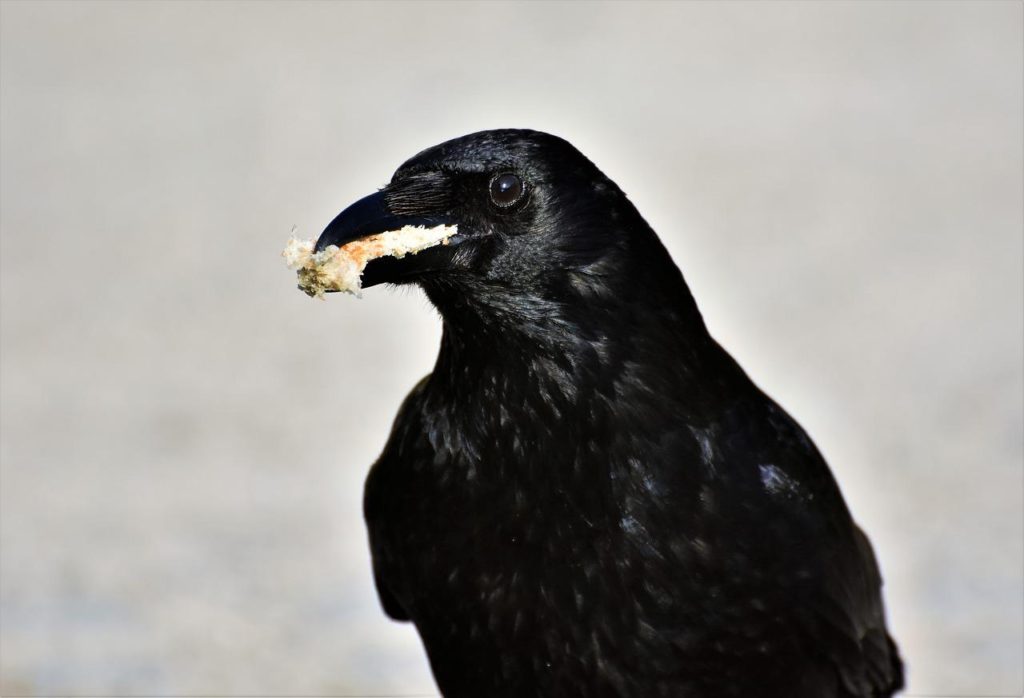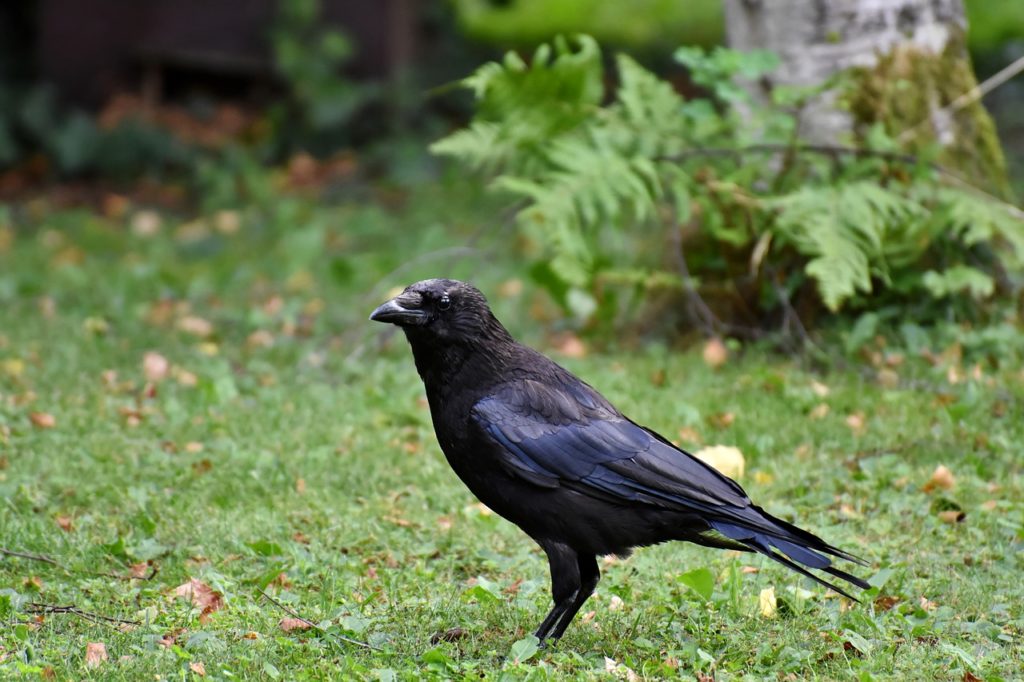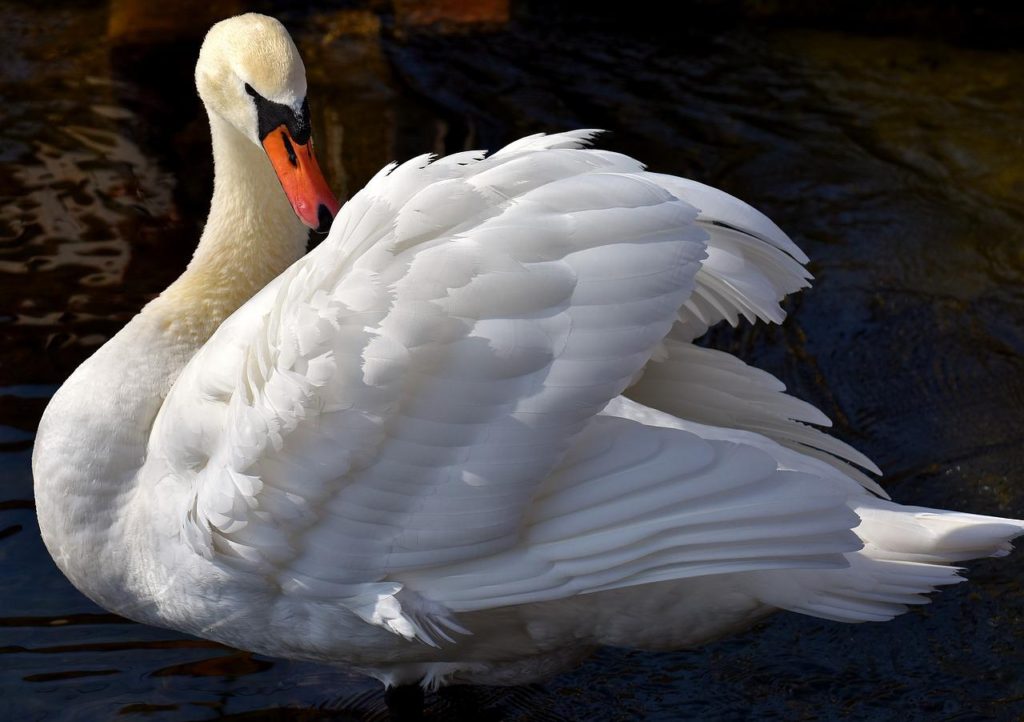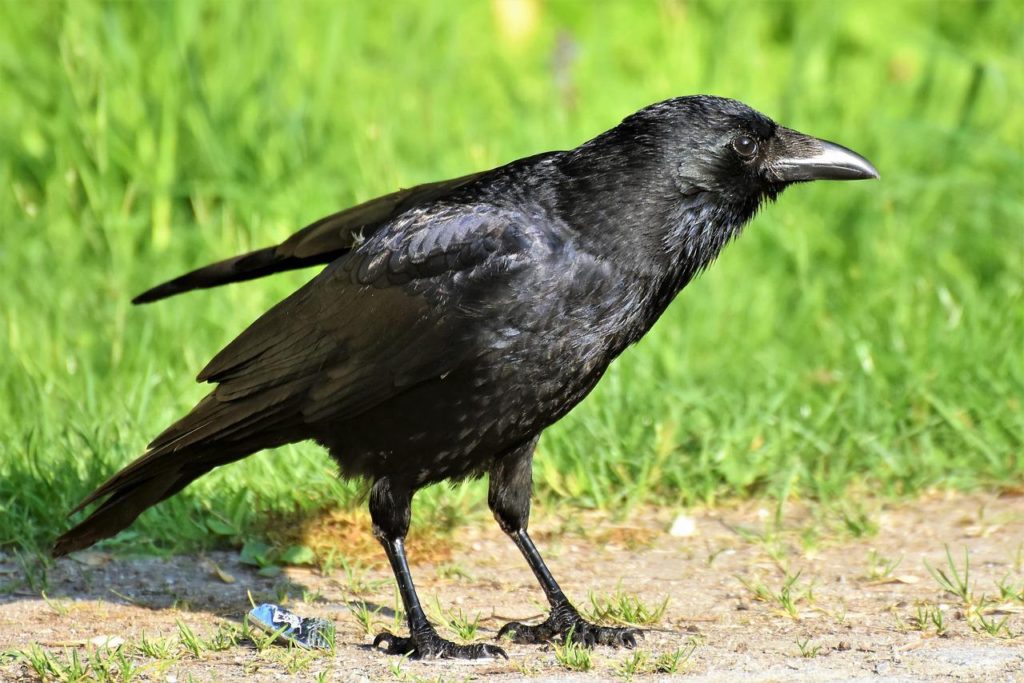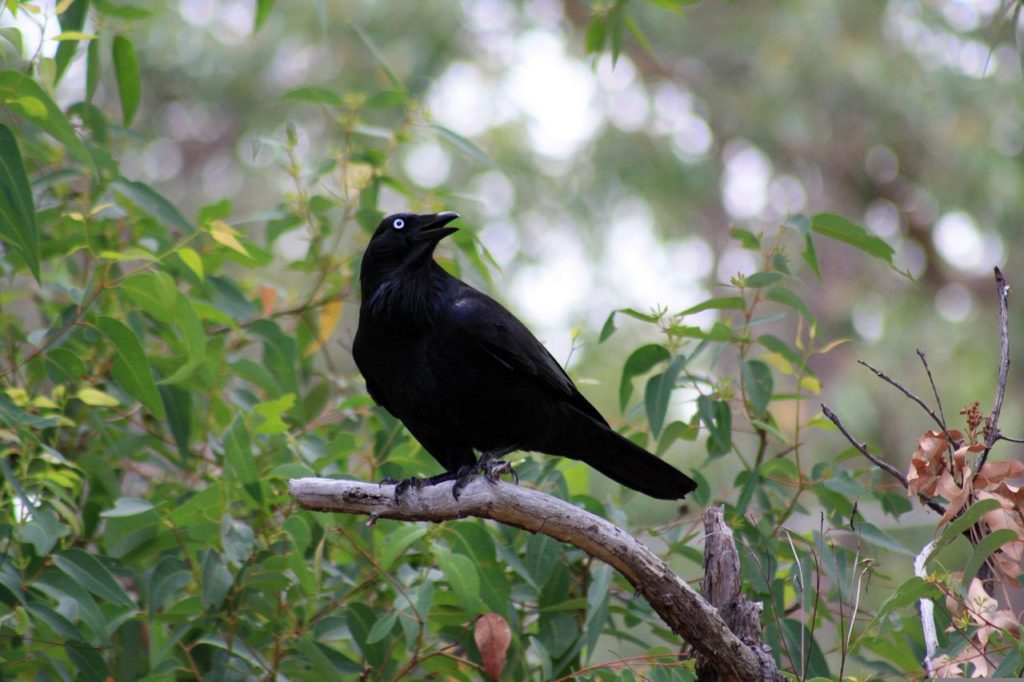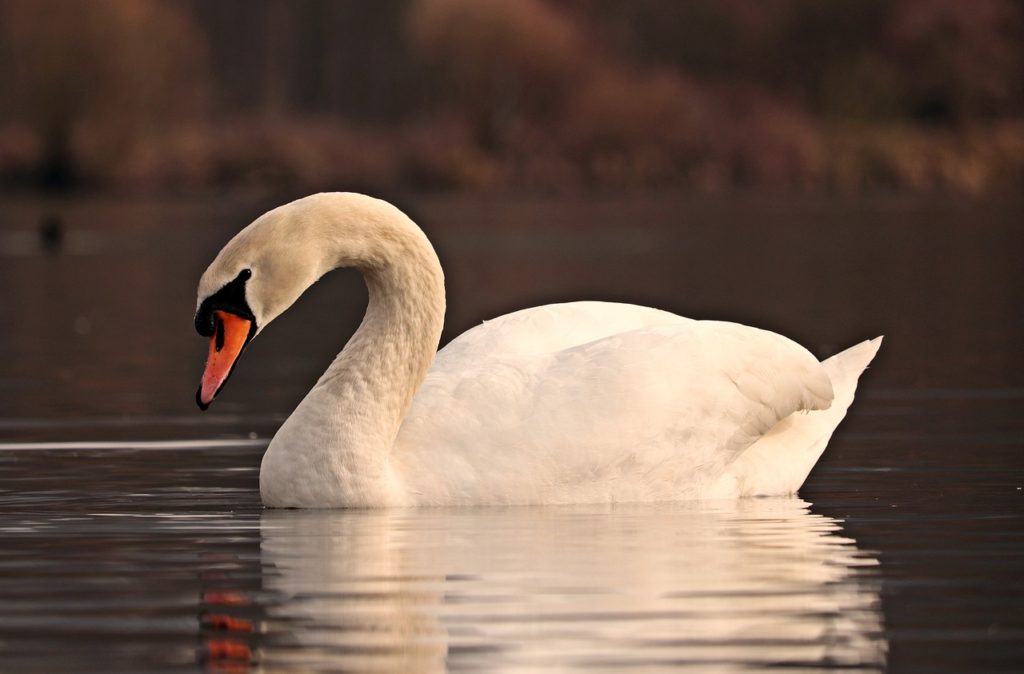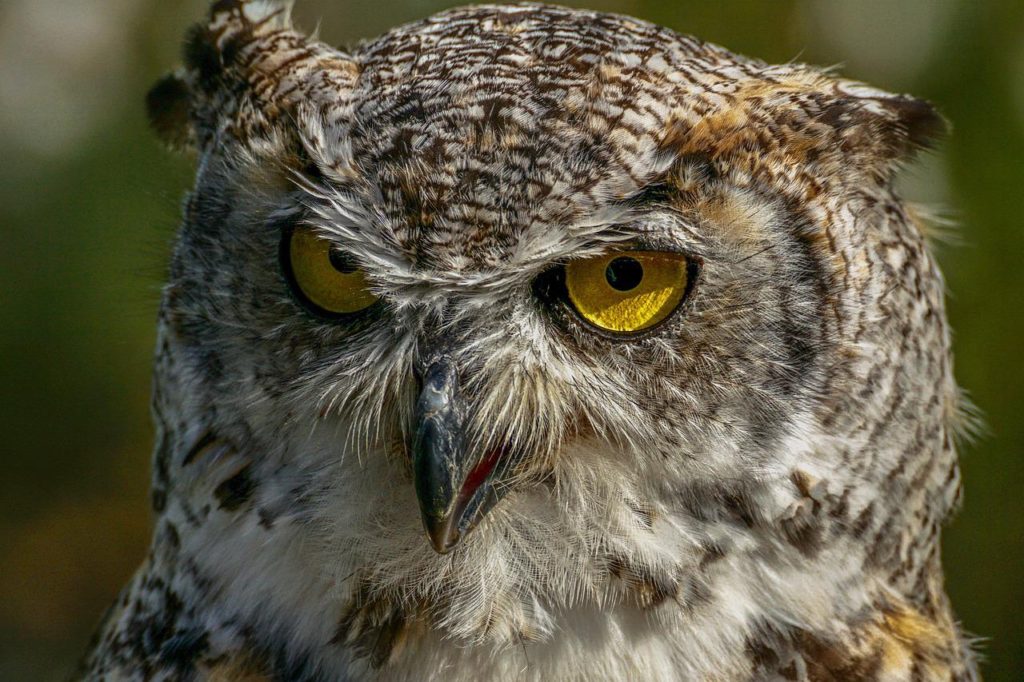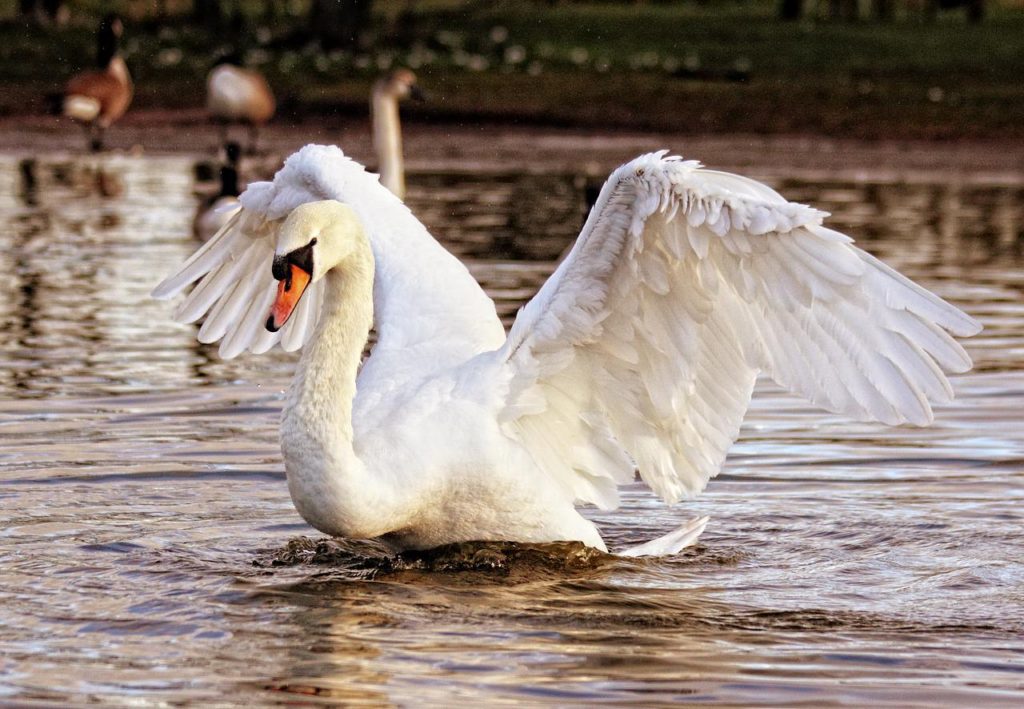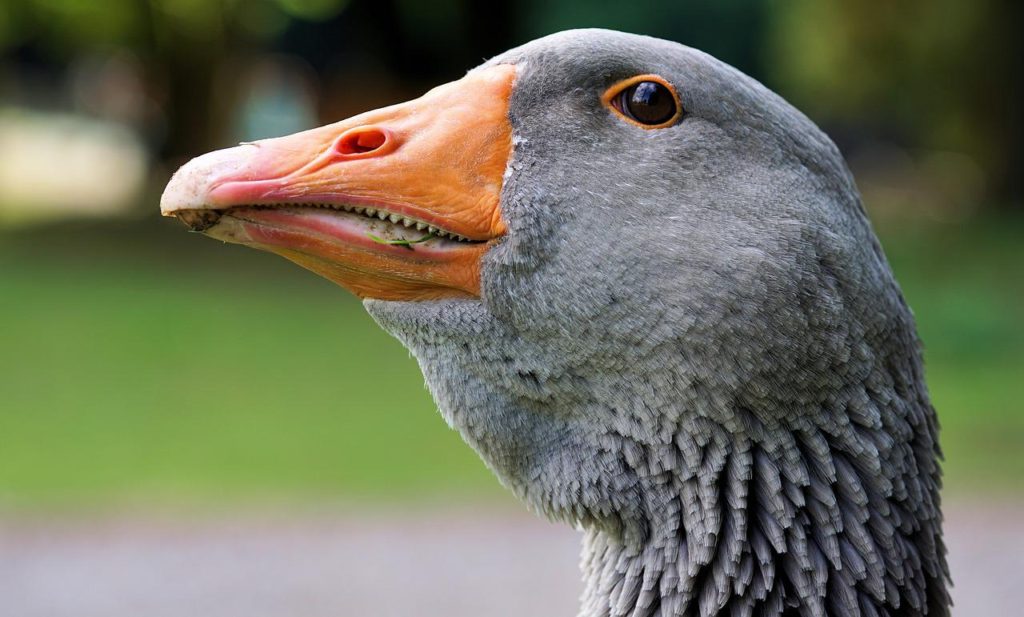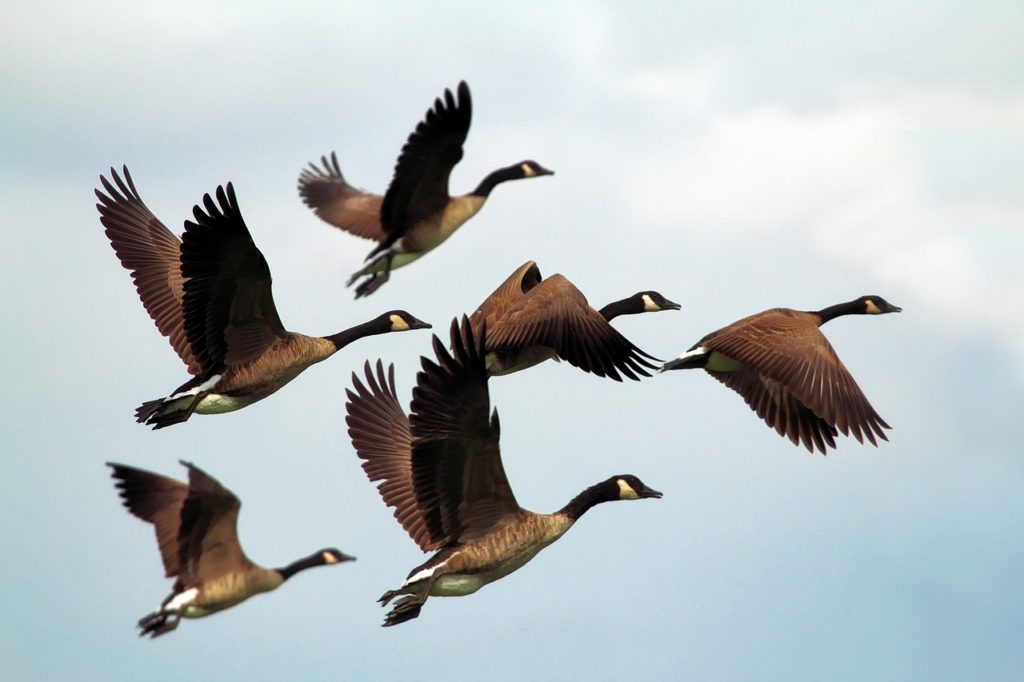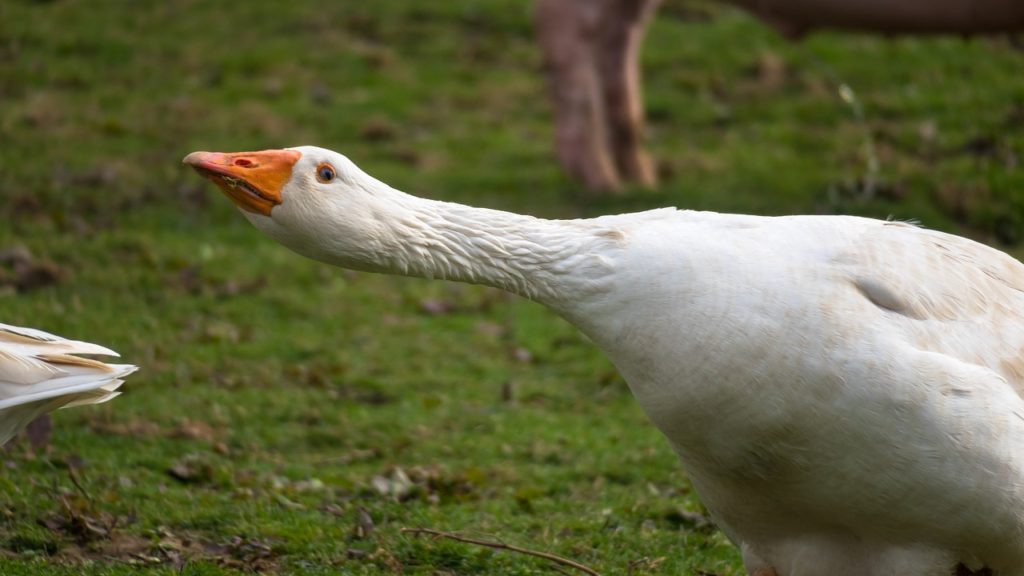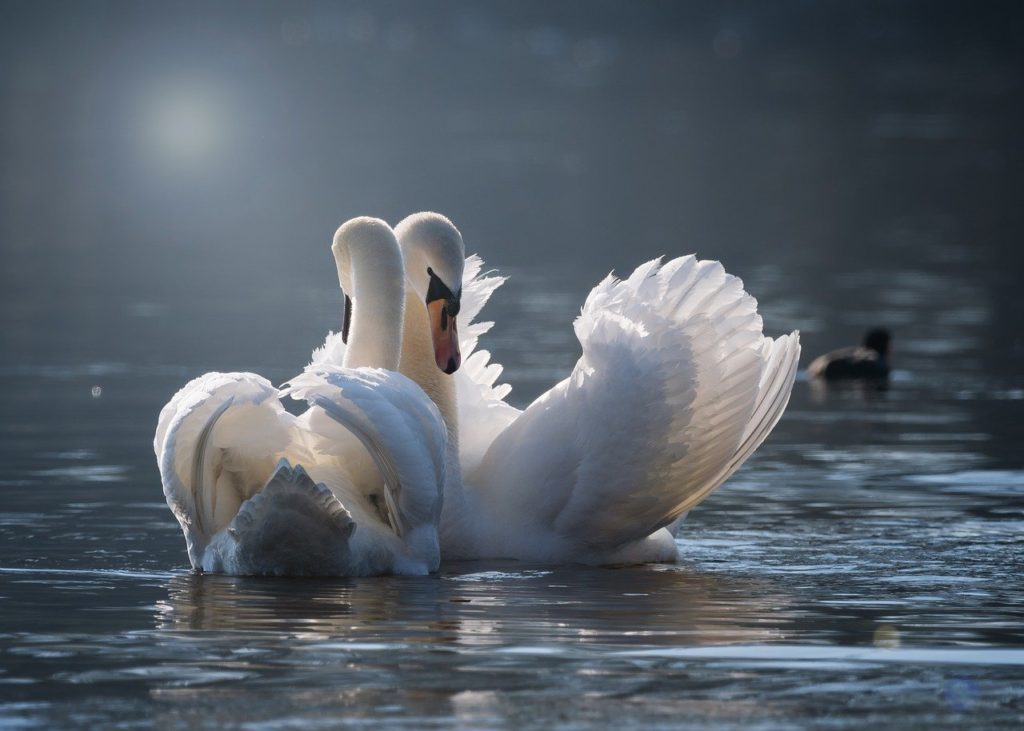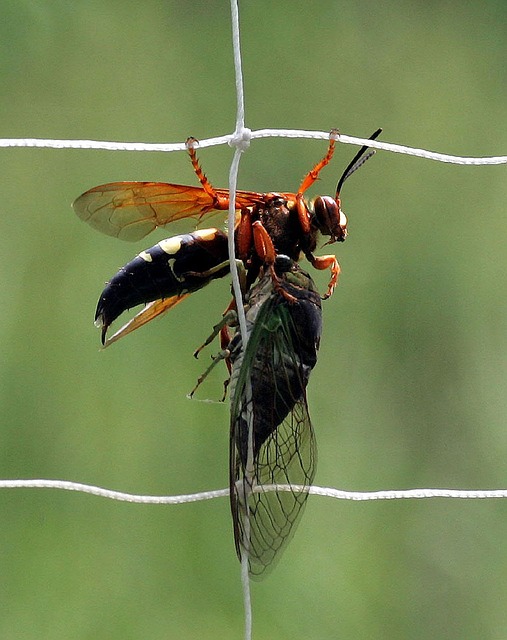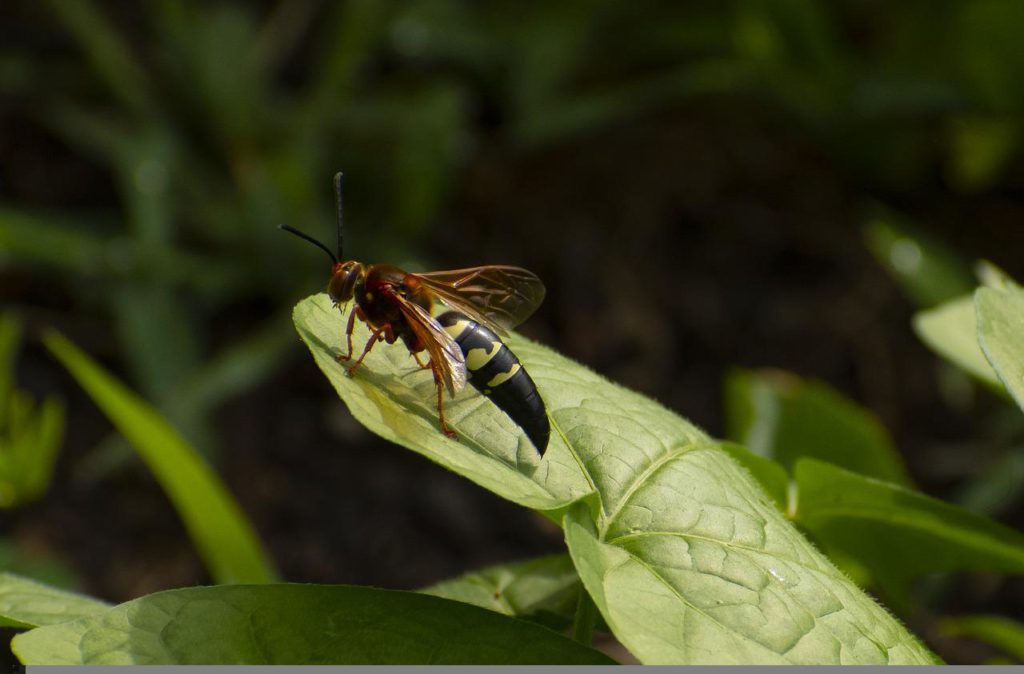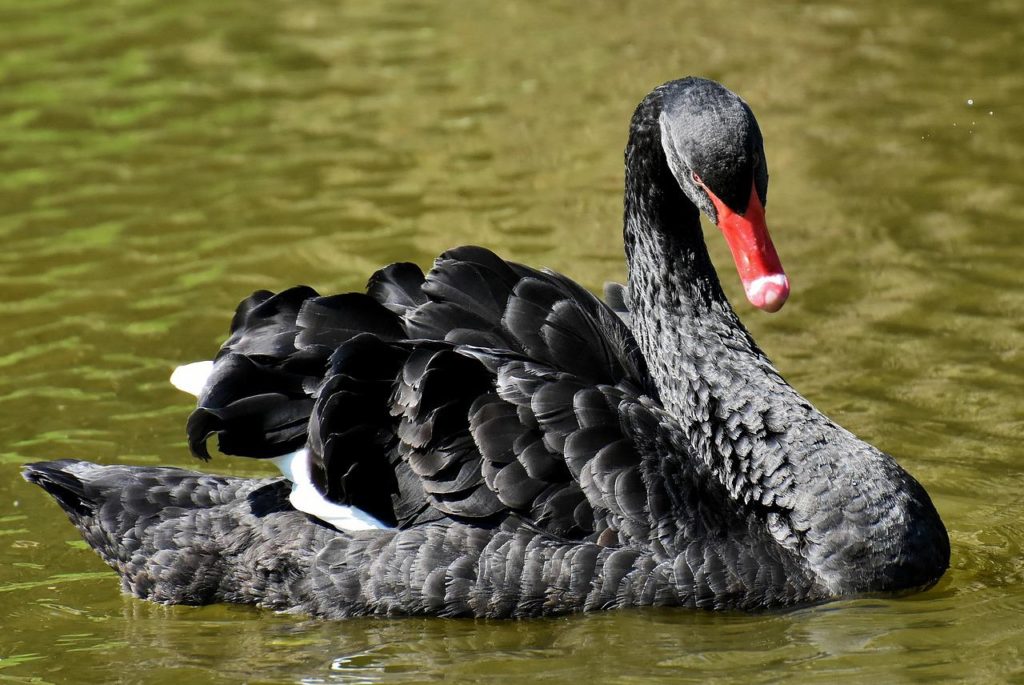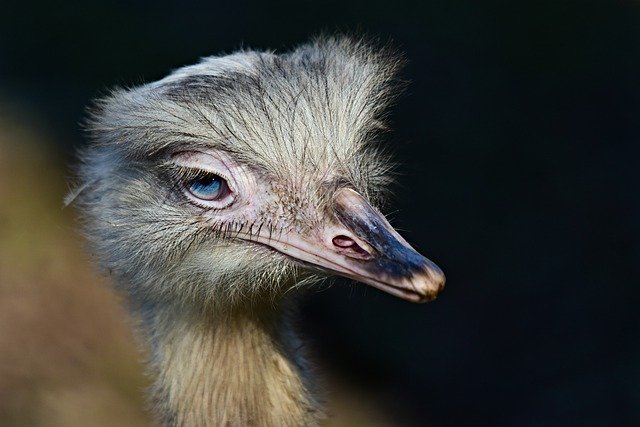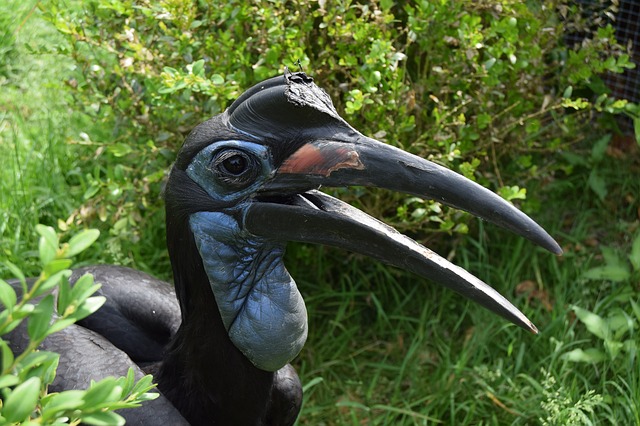
The birds we see today evolved from dinosaurs. Many species have changed so much that they don’t really resemble their ancestors much at all. Yet there are still a handful of birds that look as if they have stepped right out millions of years in the past. So here are some of the most prehistoric-looking birds in the world.
Toco Toucan
The toco toucan is the largest of all toucan species. And it has a huge serrated bill that makes it appear to have dino-like teeth. These serrations actually help the toco toucan to eat fruit which makes up the majority of its diet. Its humongous bill is actually the largest, relative to body size, of all birds.
Sandhill Crane
The sandhill crane is a tall bird with a long neck and large wingspan. Not only do these birds look like they come from another time period, they actually do. Fossils of sandhill cranes have been found that date back to several million years ago.
Pelican
The pelican is a big fish-eating water bird. It has a long beak and unique throat pouch which it uses not only to scoop up its prey from the water but to also drain out the water before the prey is swallowed. These big birds sometimes scoop up other prey as well such as lobsters, crabs, and even birds. The pelican is actually the closest relative of another prehistoric-looking bird: the shoebill.
Andean Condor
The Andean condor has prehistoric proportions and an appearance to match. It is the largest flying bird on the planet and has a wingspan that reaches close to 11 feet (3.4 meters) in width. And its bald head looks similar to that of a dinosaur. A featherless head helps to keep the bird clean when feasting on the carcasses of dead animals.
Greylag Goose
The greylag goose is a large goose species that have grayish-brown plumage, pink feet, and an orange bill. Its bill actually has serrated edges that make it seem as if it has fearsome teeth. These edges are used to help the goose cut soft plant material when feeding. Its bill also has a hard point at the end which is used to help it gouge out pieces of large tubers.
Emu
The emu is the largest bird in its native homeland of Australia and the second largest in the world. Amazingly it can reach prehistoric sizes of up to about 6 feet (around 2 meters tall). It reaches this size and is fully ground at only around 6 months of age. This flightless dinosaur-looking bird is also equipped with big sharp claws on each of its three-toed feet which it uses as weapons to kick potential threats.
Ostrich
The ostrich could be the most prehistoric-looking bird of all, just based on its size. It is the biggest bird in the world. Some ostriches tower at over 9 feet (close to 3 meters) tall. And they can weigh more than 300 pounds (136 kg.). These giants also lay gigantic eggs which typically weigh around 3 pounds (1.4 kg.). Like the emu, the ostrich is also flightless.
Abyssinian Ground Hornbill
The Abyssinian ground hornbill is a unique-looking bird, to say the least. This large species has a horn-like casque on top of its bill and stands around 3 feet tall (about 1 meter).
It is a predator and is usually found on the ground where it hunts and kills small animals with its long curved bill. Adult birds have a distinct patch of bare blue skin around their eye and on their upper throat. Males also have an inflatable patch of bare red skin on their necks as well.
Great Cormorant
The great cormorant is a large black prehistoric-looking sea bird. Because of its looks, it is often compared to a pterodactyl. Unlike the pterodactyl, however, the great cormorant feeds on fish which it dives underwater to catch. The scale-like plumage of the great cormorant is also a reason many people think this species looks reptilian.
Roadrunner
Like a speedy little Velociraptor, the roadrunner chases down its prey on foot. This small bird typically runs around 20mph (32 km/h) and eats a range of animals including snakes, lizards, and small mammals among many others. Even venomous rattlesnakes and scorpions, along with the tarantula hawk (a wasp famous for its incredibly painful sting) are on the menu for these opportunistic and prehistoric-looking birds.
Start Shopping for Birding Supplies!
What Do Crows Eat?
With roughly 40 different species, crows are a common sight in most places around the world. And while most of us are familiar with their appearance and harsh vocalizations, their diet is not as obvious. So what do crows eat? Here's what you'll want to know. What Do...
What Are Crows Good For?
Crows are widely considered to be pests. However, these large and highly intelligent black birds actually serve quite a few important functions in the environment. So what are crows good for? Here's what you'll want to know. Pest And Parasite Management Crows are...
How Long Do Swans Live?
Swans are graceful and beautiful creatures and as such, people have many questions about them. They want to know about their mating rituals, their diet, their preferred habitats, and even their lifespans. How long do swans live for anyway? Swan lifespans actually vary...
Are Crows Good Pets?
People all around the world see and hear crows on a daily basis. Although these intelligent and dark birds are practically ubiquitous, most people don't think of them as being household pets. Are crows good pets? The general consensus is that crows do not make...
Are There Crows In Australia?
Crows are remarkably smart birds that also happen to be extremely adaptable. They navigate unfamiliar circumstances via observation and interaction. Crows reside in locations all over the globe. While they do not live in certain parts of South America, they do reside...
What Do Swans Eat?
Swans are famously long-necked birds that are symbols of romance, love, beauty, and purity. Since these waterbirds have so many admirers, people often wonder about their eating habits, behaviors, and more. What do swans eat, anyway? Swan Basics Swans typically live in...
Birds That Look Like Owls
Owls are typically solitary and mainly nocturnal birds. And although these well-known hooting creatures have a rather distinctive physical appearance, there are actually various other kinds of birds that resemble owls closely. And people sometimes mix them up. So...
Why Are Swans Protected?
Swans are graceful and gorgeous creatures. They also happen to have protection in the United Kingdom, interestingly enough. Why are swans protected there, anyway? And does the Queen own all the swans? Yes, she actually owns any mute swans that are unclaimed in both...
Birds With Teeth
Birds do not have teeth. However, there are quite a few that really look like they do! These birds have evolved special beaks which help them to perform important functions. So here are some of the most amazing birds with “teeth,” and what you’ll want to know about...
Do Geese Fly?
Although geese are clearly birds, there are many individuals who do not necessarily associate them with flying. So, do geese fly? The honest answer is that these waterfowl do. They do not exactly slouch in the flying department, either. Many people are pleasantly...
Are Geese Dangerous?
Geese, in brief, are waterbirds that are quite substantial in size. Since they're often spotted on golf courses, at schools, and in community parks, people understandably tend to wonder whether they're safety threats. Are geese dangerous? Why Geese Attack...
Do Swans Mate For Life?
Swans are famously elegant waterbirds that are known for their sizable bodies, webbed feet, and lengthy necks. People often associate them with romantic imagery and monogamy. Do swans mate for life? You can find the response to that common and rather fascinating...
When Do Cicada Killers Come Out?
Whether you dread them each year or are waiting for them to emerge and control the cicada population you may be wondering, “When do cicada killers come out? The answer is they come out each summer in late June or July. Here’s what you’ll want to know. Cicada Killer...
Are Cicada Killers Dangerous?
One look at one of these huge wasps buzzing around, your yard, and it’s only natural to ask, “Are cicada killers dangerous?” Fortunately, these wasps are mild-mannered. But here’s what you’ll want to know. Cicada Killer Wasps Basics Cicada killers emerge from the...
What Are Black Swans?
What are black swans? Black swans (Cygnus atratus) are sizable waterbirds. This species primarily appears in Australia's southwestern and southeastern portions. The black swan is nomadic in its homeland. This bird, true to its name, is mostly black. Although the bird...
What Do Cicada Killers Eat When There Are No Cicadas?
What do cicada killers eat when there are no cicadas? Well, while cicada killer wasps do hunt cicadas, the adults don’t actually eat them or kill them, their young do. Read on to learn more! The Cicada Killer Diet While you may have seen cicada killer wasps flying...
Do Cicada Killer Wasps Sting?
As one of the biggest species of wasp in North America the cicada killer wasp can be intimidating. And because of their size, appearance, and scary-sounding name, many people wonder, “Do cicada killer wasps sting? The answer is yes and no, and here’s what you’ll want...
Emu Facts
Did you know? One emu egg can make an omelet that can feed up to six adults. Did you know that the emu is the only bird with calf muscles? Can an emu walk backward? Let us find out by exploring some of the most jaw-dropping emu facts. Emus Have Amazingly Powerful Legs...
Rhea Facts
Doting dads, did you know the male rhea builds the nest, incubates the eggs, and takes care of the young? The rheas are paragons of parental care. It’s a bird like no other, and you will be surprised by the following rhea facts. Rheas Are One Of The Best Dads In The...


